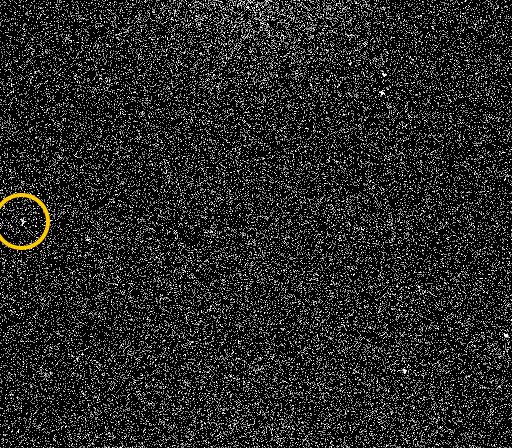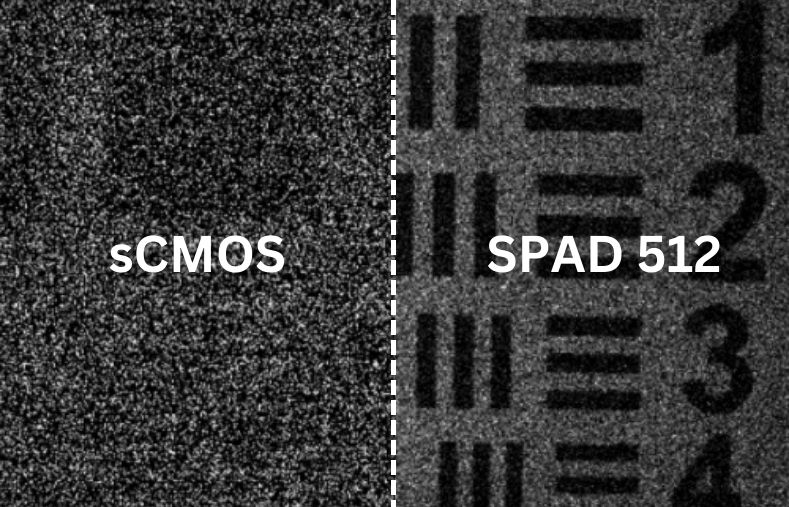

Image quality limited only by fundamental physics
Low-light imaging enables us to extract image features or objects even in extremely dark conditions. The ability to extract features or objects can be quantified by signal-to-noise ratio. The signal is equal to the amount of detected light, and maximized by the sensitivity or quantum efficiency. The noise is composed of shot noise (or Poissonian noise and defines the lowest possible noise) and other analog noise sources. The dominant analog noise source is readout noise. However, dark noise and column-amplification mismatches can also play a significant role in low-light imaging.
SPAD image sensors and camera eliminate analog noise sources by direct photon to digital transformation, limiting the signal-to-noise ratio only by the shot noise. This inevitable noise source in every particle based measurement is √N, with N being the number of detected photons. With the signal being N, the signal-to-noise ratio is thus √N.
Benefits of SPAD technology
for this application
Zero readout noise
Transforms light directly into a digital signal not altering its original (quantum) state.
Improved image quality
Clear, detailed images due to single photon detection and Poisson limited signal-to-noise ratio.
Examples / Application results

BOOTES1B telescope
Observe a GNSS satellite with a temporal resolution of 10 ms without dead time between frames. The satellite can be seen in the animation (middle-left).

SPAD 512 vs sCMOS
This paper demonstrates the capabilities of our SPAD 512 camera in low light-conditions, and compares its SNR to a scientific CMOS camera.

SPAD 512 vs qCMOS
Axiom Optics compares qCMOS and SPAD technologies under identical conditions, showing SPAD’s advantage in low-light and short-exposure conditions.
Recommended products

SPAD 512
A complete camera with a 512×512 SPAD pixel array. The camera features fine gating circuitry to measure time-varying events, such as FLIM, and double FPGA read-out for the highest throughput. This camera is a perfect addition to any widefield microscopy system.
References
Rodríguez-Martínez, David et al.
arXiv:2506.22956 [cs.RO] (2025).

Don't find what you are looking for?
Get expert advice today!
Tell us about your specific requirements or challenges. Our experts are here to listen, understand your technical needs, and provide tailored solutions. Contact us today to get started!